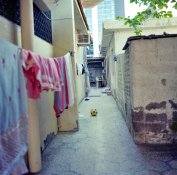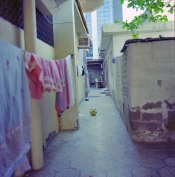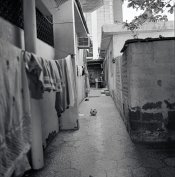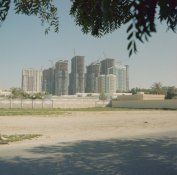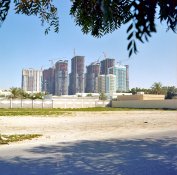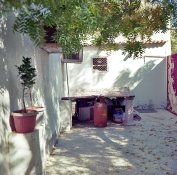Les Sarile
Member
As you said, some pre and/or post work may have to be done and this is to be expected.
However, it seems most reviews won't take these extra steps and simply conclude falsely. Another typical response is their automatic scans with Film B comes out perfectly so why doesn't Film A? Or that their scan software has specific film profiles and still it doesn't come out automatically perfect. Well even profiles are not infallible. In the example below, I used the built-in profile for a specific film Kodak 160VC and selected the various modifiers in Vuescan and the Nikonscan "neutral" setting with my Coolscan 5000. I much prefer the latter as my starting off point.
 Link to larger version -> Kodak 160VC
Link to larger version -> Kodak 160VC
However, it seems most reviews won't take these extra steps and simply conclude falsely. Another typical response is their automatic scans with Film B comes out perfectly so why doesn't Film A? Or that their scan software has specific film profiles and still it doesn't come out automatically perfect. Well even profiles are not infallible. In the example below, I used the built-in profile for a specific film Kodak 160VC and selected the various modifiers in Vuescan and the Nikonscan "neutral" setting with my Coolscan 5000. I much prefer the latter as my starting off point.










